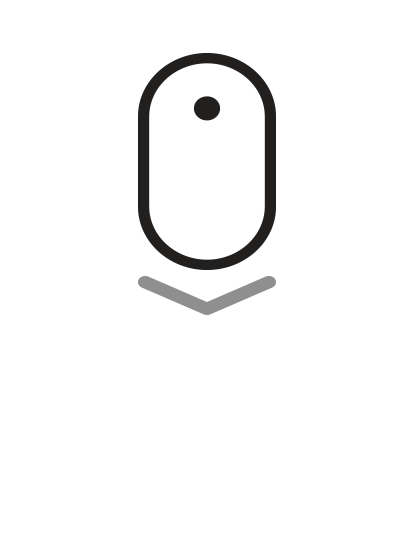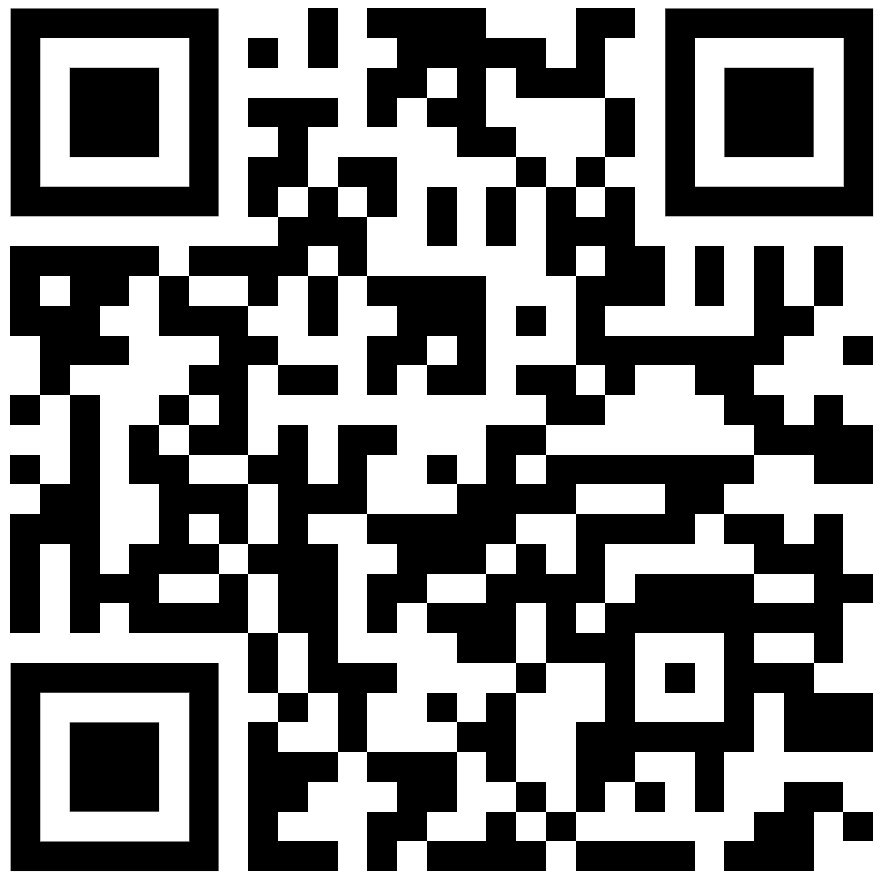Transforming a Global Retail Network into a Unified Online Marketplace
Bringing simplicity to a complex multi-seller ecosystem through UX

Project type
BTC Marketplace
Working at
e.tres
Role
Product Designer
Team
Product Designer
Tech Leader
Project Manager
Product Owner
Developer
Project Overview
Fegime Latam is the leading distributor of electrical materials in Argentina and Spain, connecting over 40 major retailers nationwide.
The project aimed to create a digital ecosystem to centralize and modernize Fegime’s sales, allowing users to buy online from a network that, until now, operated entirely offline. My role as Product Designer was to design not only the user experience but also the underlying system that would support this shift, working across business, design, and technical constraints.
👉 (image: overall architecture of catalog, sellers, checkout logic)
The Problem
Fegime had no unified online presence, which meant losing significant sales opportunities in a market increasingly moving to digital. Although some individual sellers had basic online stores, most were absent from ecommerce, leaving a large segment of customers underserved.
The core problem was twofold: how to enable a unified online presence for Fegime as a brand, and how to create a shared digital space without complicating the user experience.
The system also needed to distribute sales fairly among sellers offering the same product, without forcing users to choose who to buy from.
The Goals
Our main goal as a team was to create a seamless shopping experience where users could browse a unified catalog, shop efficiently, and check out without confusion while also building a scalable system that would allow Fegime to grow its digital presence sustainably.
On the business side, we needed to ensure that the marketplace worked as a fair ecosystem for sellers, supporting their autonomy while enabling them to participate in a shared platform.
As a product designer, my primary goals for this project were to:
- Create a user experience that completely conceals the complexity of the multi-seller model.
- Develop a unified interface that would represent the Fegime brand while accommodating seller individuality.
Challenges & Constraints
The project required balancing user simplicity with complex internal seller dynamics. A major challenge was designing a fair automatic distribution logic to define how products would be distributed among sellers when the same item was offered by multiple stores.
Since each seller had its own prices, stock, and logistics, we had to design a system that could manage this complexity invisibly. Additionally, aligning over 40 independent businesses, each with different processes and digital maturity, added layers of negotiation and technical constraints.
On the interface side, one of my key challenges was creating interfaces and ecommerce elements that would function seamlessly across both the main marketplace and individual seller websites while maintaining unified code architecture behind the scenes.
This required designing components with multiple states and configurations that could adapt based on context.
👉 (image: wireflows del checkout y lógica de asignación de sellers)
The Solution
As the Product Designer, I led both the user journey and the system structure to ensure a balance between user simplicity and seller autonomy.
We designed a hybrid MARKETPLACE where users can browse a central catalog, add products to a single cart, and check out without knowing which store is fulfilling each item.
At checkout, the system automatically assigns products to the nearest seller with available stock using geolocation. If stock is insufficient, products are dynamically reassigned to the next closest seller — all without disrupting the user experience.
In parallel, each seller has their OWN ONLINE STORE, where they can create personalized promotions and discounts, manage alternative payment methods, offer in-store pickup, and add non-competitive products to the catalog (subject to approval). This allows them to maintain their own business strategies while in the main marketplace, prices and offers remain unified to prevent direct price competition.
👉 (image: low-fidelity wireframes of key flows — catalog, cart, checkout)
To support these dual experiences, I designed a modular interface system, where components could reveal or conceal functionality based on context — whether in the shared marketplace or a seller’s site — without duplicating development work.
Visually, I developed a clean, trustworthy design system aligned with Fegime’s brand, ensuring a consistent look and feel across experiences.
- The homepage includes flexible banner modules usable in both marketplace and seller sites, taking into account the different focus of each cases.
- Product listings and detail pages are optimized for easy navigation and clarity.
- Checkout flow consolidates all available payment methods into a seamless process.
👉 (UI designs — homepage, category, product page)
Measuring Success
To evaluate the effectiveness of my work, I established key metrics focused on:
- Checkout completion rates and time-to-purchase to verify my solutions were removing friction
- User satisfaction surveys specifically targeting the interface and flow experience
- Conversion tracking at key points in the user journey
Outcomes and Value Provided
The project resulted in Fegime’s first scalable digital marketplace, bringing together over 40 sellers under one platform.
I created user flows that successfully concealed complex business logic behind intuitive interfaces and developed a mobile-responsive experience that works seamlessly across devices.
Users now enjoy a simple, clear way to buy, and early feedback showed the system was intuitive even for complex purchases. Sellers, in turn, gained access to a shared online channel, while preserving their business independence through a flexible storefront for themselves.
Most importantly, the marketplace creates a scalable model for Fegime’s long-term growth, offering a unified online presence while respecting its partners’ diverse nature.
Next Steps
Next stages include adding in-store pickup and features for users to choose preferred sellers based on location or stock availability.
This will require evolving the product page and the main marketplace checkout flow to display product availability across different sellers. Users will be able to select their preferred seller before checkout or mix products from multiple sellers within a single purchase, ensuring transparency in the buying process.
These enhancements will give customers more flexibility while preserving the simplicity of the current flow.

